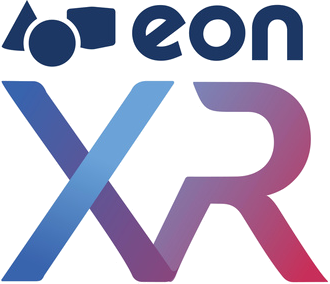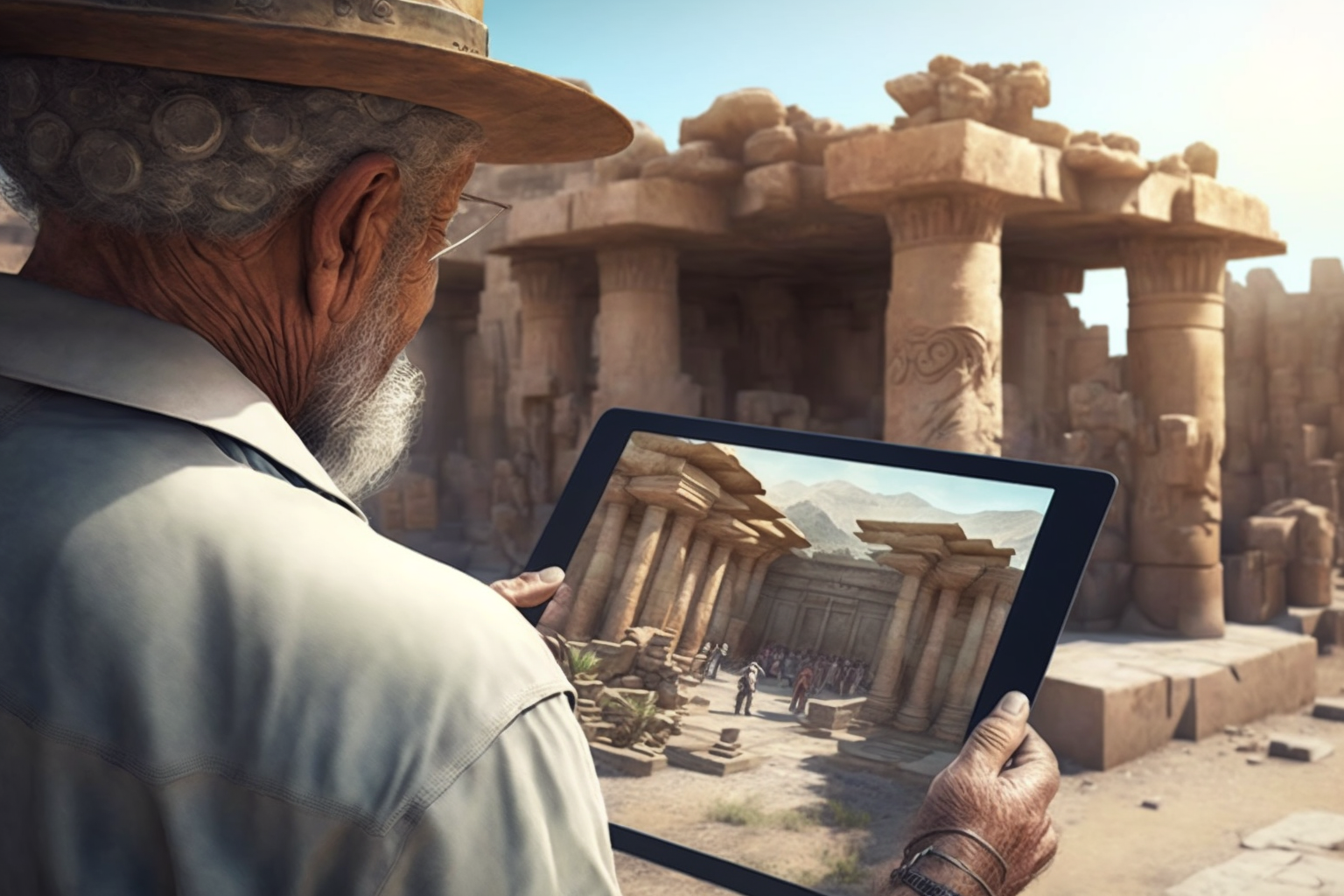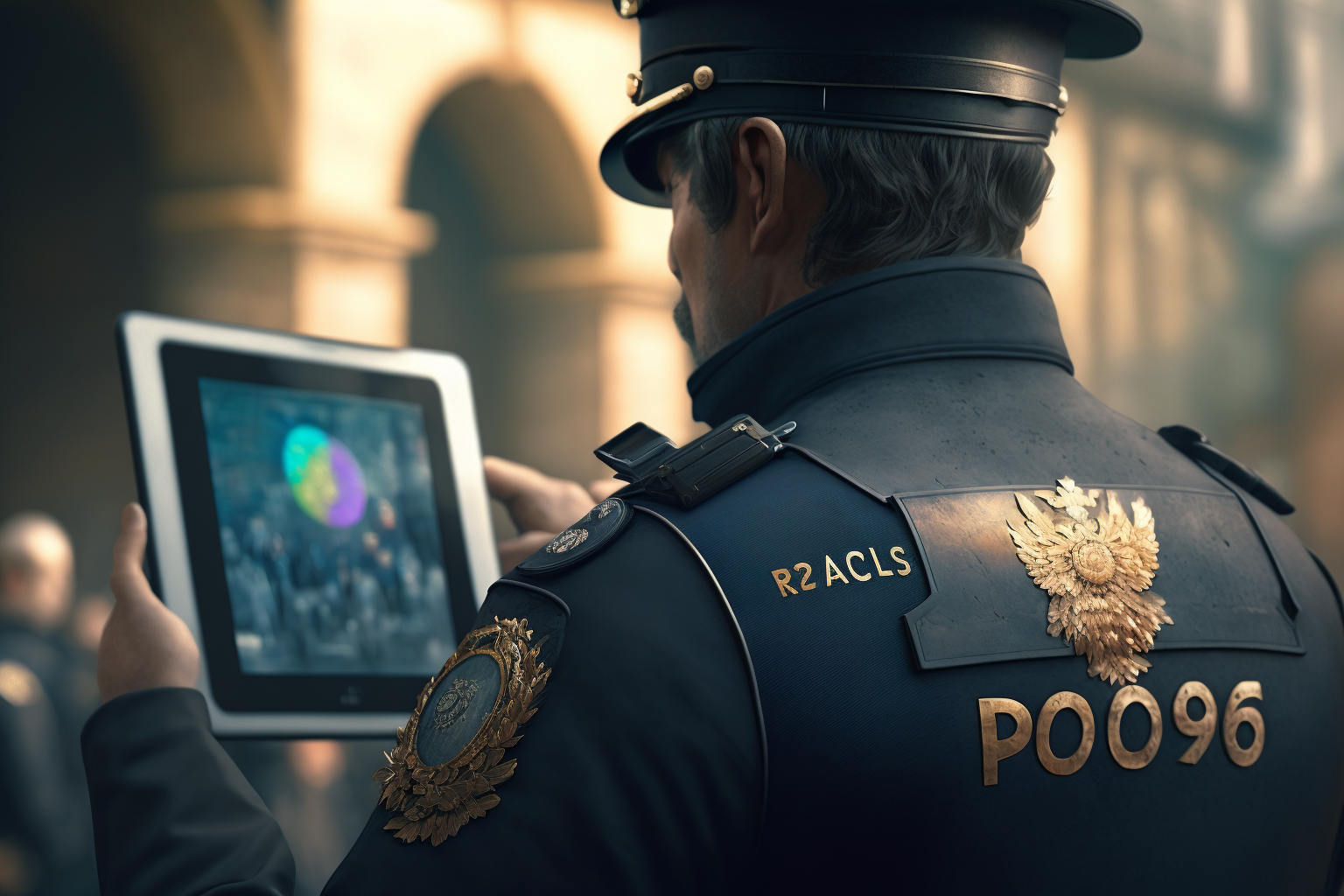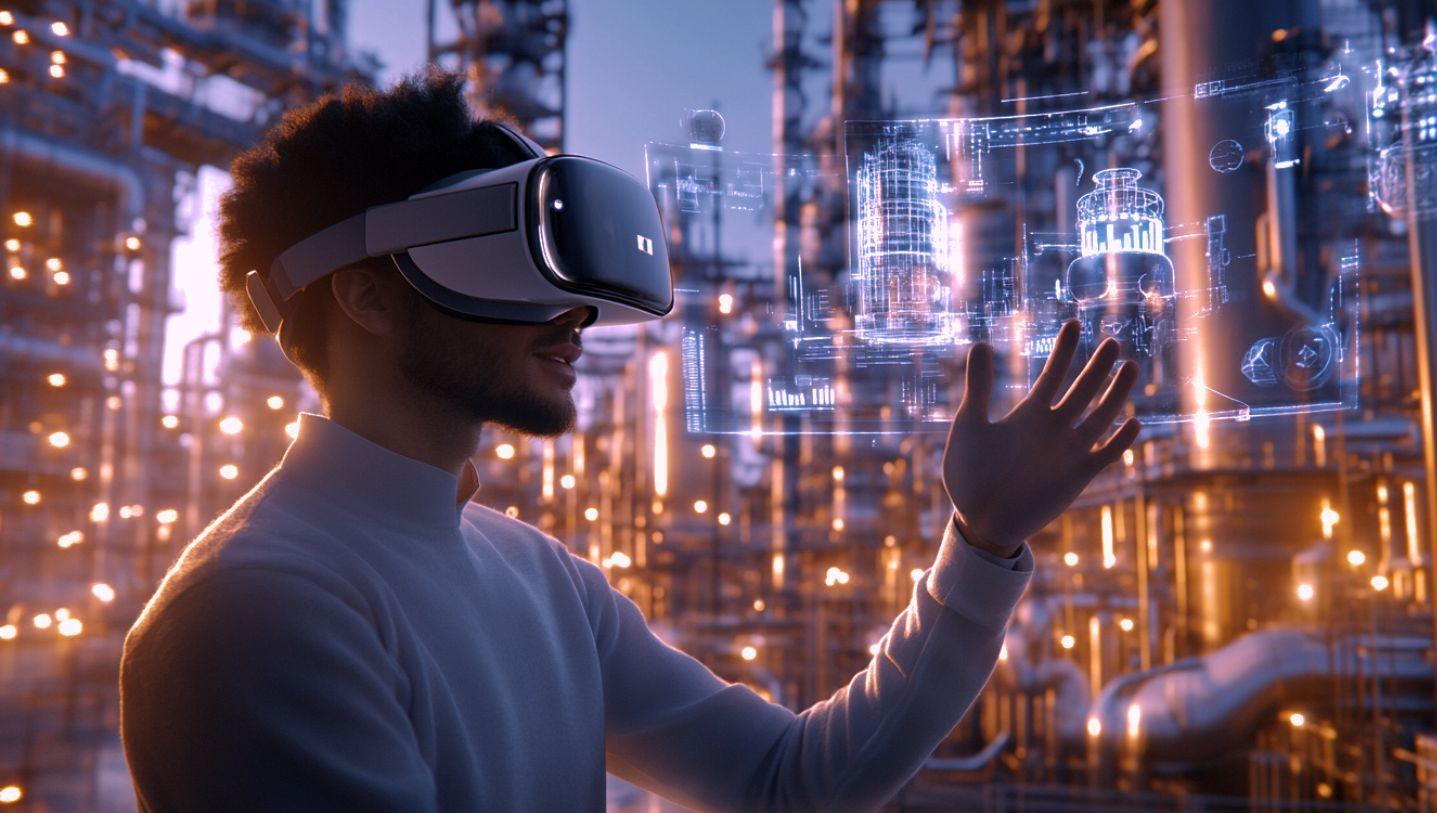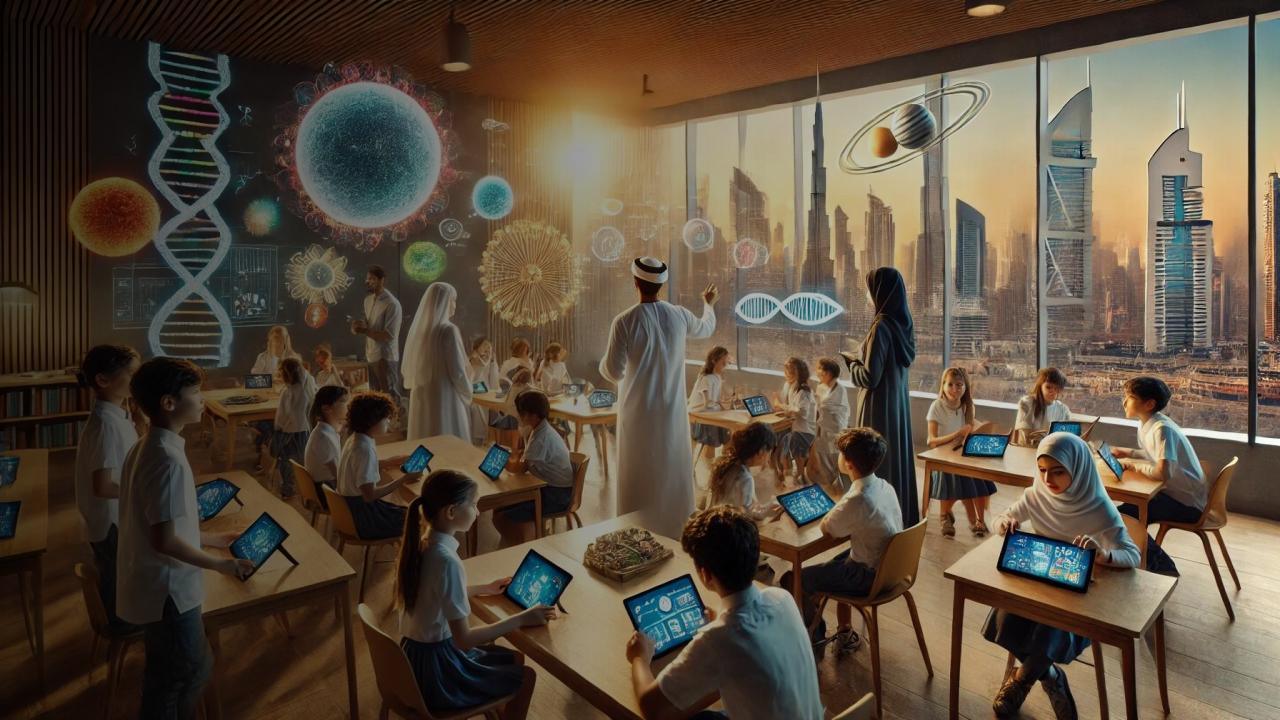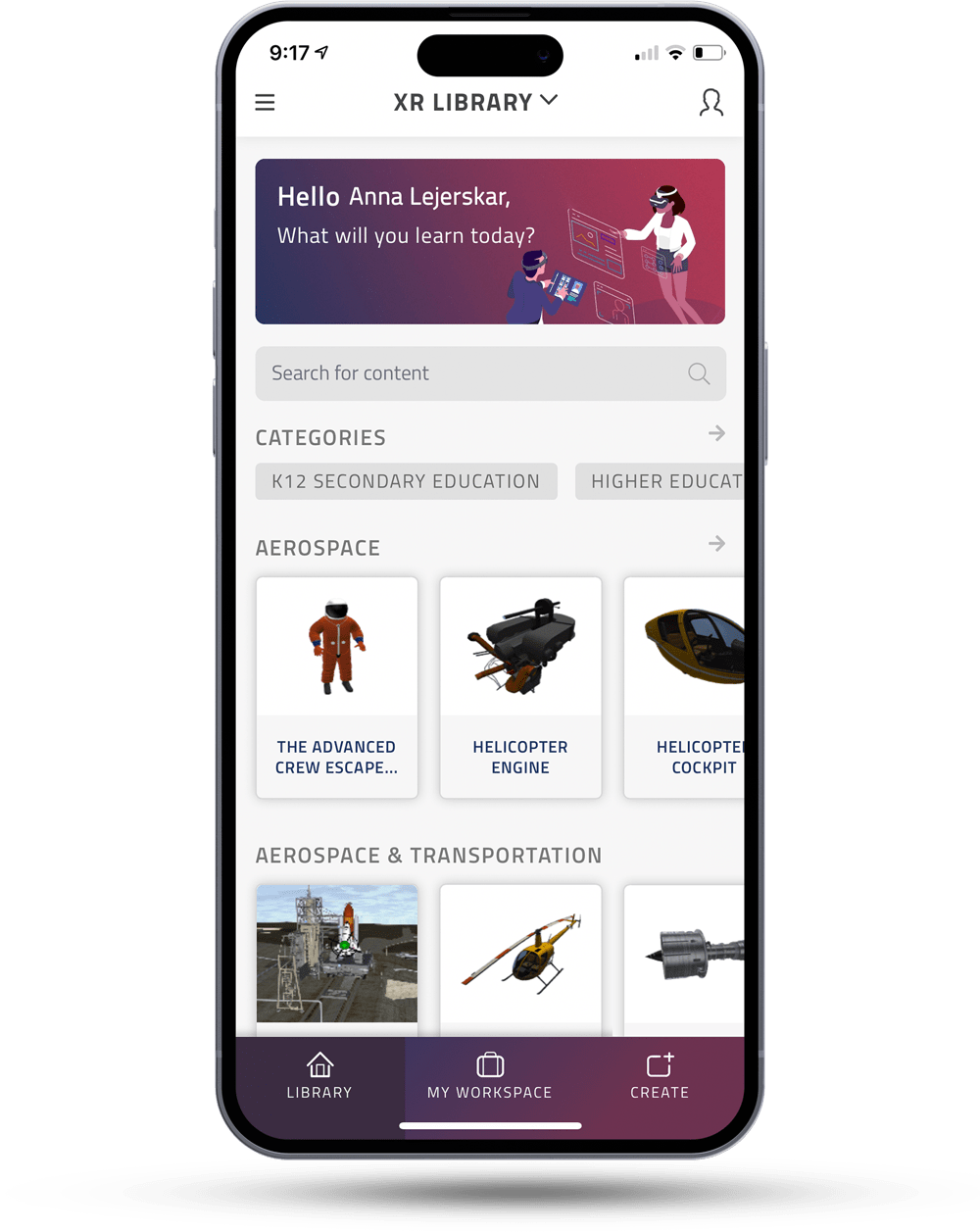What Software is Used to Create Augmented Reality?
In the rapidly evolving field of technology, Augmented Reality (AR) has carved a niche for itself, enhancing user experiences by overlaying digital information in the real world. Whether it’s for gaming, education, manufacturing, or retail, AR offers endless possibilities. But what software is used to create augmented reality projects, apps, environments, and experiences? Let’s delve into the tools that make AR magic happen.
Introduction to Augmented Reality Software
Creating augmented reality (AR) involves a blend of multiple disciplines, including 3D modelling, programming, and user experience design. The software used for developing AR applications can vary widely based on the complexity of the project and the platform on which it will be deployed. Here are some of the most commonly used software tools in the AR industry.
Unity
Unity is one of the most popular platforms for AR development. Known for its versatility and user-friendly interface, Unity is widely used for creating both AR and VR experiences. It supports a range of AR platforms such as ARKit (iOS), ARCore (Android), Microsoft HoloLens, and Magic Leap.
Key Features
- Cross-Platform Compatibility: Develop once and deploy across multiple platforms.
- Asset Store: Access to a vast library of assets and plugins.
- AR Foundation: A framework that allows you to build AR experiences once and deploy them across multiple platforms.
Use Case:Unity is ideal for developers who want to create complex and interactive AR applications. Its robust asset store and extensive community support make it a go-to choice for both beginners and seasoned developers.
Unreal Engine
Unreal Engine by Epic Games is another powerhouse in the AR development arena. Known for its high-fidelity graphics and performance, Unreal Engine is preferred for projects that require photorealistic visuals and complex simulations.
Key Features
- Blueprint Visual Scripting: Allows developers to create game logic without writing code.
- High-Quality Graphics: Superior rendering capabilities for realistic visuals.
- Cross-Platform Support: Develop for multiple platforms including ARKit, ARCore, HoloLens, and Magic Leap.
Use Case: Unreal Engine is suitable for developers looking to create visually stunning and immersive AR experiences, particularly in industries like gaming and high-end simulations.
Vuforia
Vuforia is a leading platform for AR development, offering a comprehensive suite of tools for building AR applications. It is known for its robust image recognition capabilities and ease of integration with other platforms like Unity and Unreal Engine.
Key Features
- Image Recognition: Recognizes a wide range of 2D and 3D objects.
- Ground Plane Detection: Places digital content on horizontal surfaces.
- Model Targets: Recognizes objects based on their shape.
Use Case: Vuforia is ideal for creating AR experiences that require advanced image recognition, such as product visualizations, educational tools, and interactive advertising.
ARKit
ARKit is Apple’s AR development platform designed for iOS devices. It offers powerful tools and features to create immersive AR experiences using the iPhone and iPad’s camera and motion sensors.
Key Features
- Face Tracking: Tracks facial expressions in real-time.
- Scene Understanding: Detects horizontal and vertical planes.
- Motion Capture: Captures and interprets human body movement.
Use Case: ARKit is perfect for developers focused on creating AR applications exclusively for the Apple ecosystem, leveraging the advanced hardware and software capabilities of iOS devices.
ARCore
ARCore is Google’s platform for building AR applications on Android devices. It provides developers with tools to integrate AR capabilities into their apps, leveraging the device’s camera and sensors.
Key Features
- Environmental Understanding: Detects horizontal and vertical surfaces.
- Motion Tracking: Tracks the device’s position relative to the world.
- Light Estimation: Estimates the environment’s current lighting conditions.
Use Case: ARCore is best suited for developers targeting the vast Android market, offering tools to create immersive and interactive AR experiences for a wide range of devices.
Microsoft HoloLens
Microsoft HoloLens is a mixed reality headset that blends digital content with the real world. It uses advanced sensors and spatial mapping to create interactive 3D holograms that users can manipulate and interact with.
Key Features
- Spatial Mapping: Creates a 3D map of the physical environment.
- Gesture Recognition: Recognizes hand gestures for interaction.
- Voice Commands: Supports voice recognition for hands-free operation.
Use Case: HoloLens is ideal for enterprise applications such as remote assistance, training, and 3D visualization, offering a hands-free and immersive experience.
Spark AR Studio
Spark AR Studio is Facebook’s AR development platform, primarily used for creating AR effects for Facebook and Instagram. It allows developers to create interactive and engaging AR content without needing extensive programming skills.
Key Features
- No-Code Development: Create AR effects using a visual interface.
- Social Media Integration: Directly deploy effects to Facebook and Instagram.
- Rich Asset Library: Access a wide range of pre-built assets and templates.
Use Case: Spark AR Studio is perfect for social media marketers and influencers looking to create engaging AR effects and filters for their audiences on Facebook and Instagram.
The world of augmented reality is vast and varied, with numerous software options available to suit different project needs and developer skill levels. Whether you’re looking to create a simple AR effect for social media or a complex, interactive environment for enterprise use, there’s a tool out there to help you bring your vision to life. From the versatility of Unity and Unreal Engine to the specialized capabilities of ARKit and ARCore, the right software can make all the difference in creating a compelling and immersive AR experience.
By understanding what software is used to create augmented reality projects, apps, environments, and experiences, you can choose the best tools to turn your AR ideas into reality. With continuous advancements in technology, the possibilities for AR are expanding, making it an exciting field for developers and creators alike.
Disclaimer: The information provided in this article is accurate as of the date of publication. Software and technologies in the augmented reality field evolve rapidly, and newer versions or alternatives may have emerged since the time of publishing. This article is intended for informational purposes only. It is not a comprehensive guide and should not be used as the sole resource for selecting augmented reality software.



